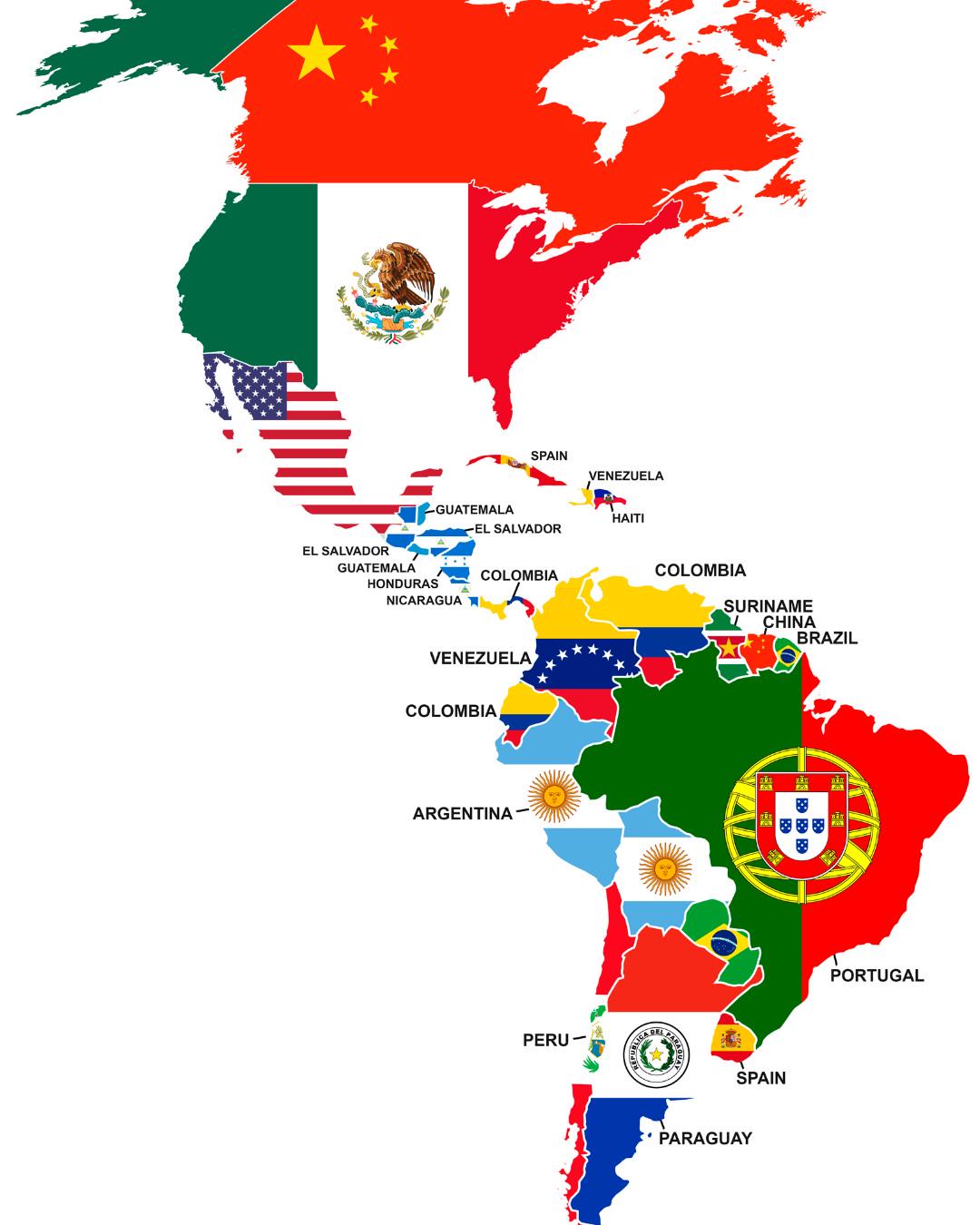Largest Foreign Nationality in Each American Country Map


David Chen
Data Visualization Specialist
David Chen is an expert in transforming complex geographic datasets into compelling visual narratives. He combines his background in computer science ...
Geographic Analysis
What This Map Shows
This map presents an intriguing look at the largest foreign nationality in each American country, highlighting the diverse tapestry of immigration across the continent. From North to South America, the visualization captures the unique relationships between nations and their expatriates. It reveals not only where people come from but also the cultural influences that shape the social landscapes of these countries.
Deep Dive into Migration Patterns
Migration is a fundamental aspect of human history, shaping societies, cultures, and economies. In the Americas, migration patterns are influenced by various factors, including economic opportunities, political stability, and historical ties. The largest foreign nationality in each country often reflects historical events; for instance, the waves of European immigrants who settled in North America during the 19th and early 20th centuries.
Interestingly, the map shows how these patterns can change over time due to globalization and shifting political climates. For example, in the United States, the largest foreign nationality is Mexican, reflecting not only proximity but also socio-economic ties. Recent data suggests that around 11 million Mexicans live in the U.S., highlighting the deep-rooted connections between the two countries.
In contrast, countries in the Caribbean exhibit different trends. In Cuba, the largest foreign national group is Spanish, a reflection of historical colonial ties and cultural influences. Meanwhile, in Jamaica, the majority of foreign nationals come from the United States, showcasing the economic and cultural exchanges that have developed over time.
As we move south to countries like Brazil, the largest foreign nationality is Italian, a remnant of the late 19th-century migration waves. Approximately 15% of Brazil's population claims Italian descent, demonstrating how immigration can significantly alter a nation’s demographic makeup.
This map also illustrates the varied nature of foreign populations in Central America. For instance, in Costa Rica, the largest group of foreign nationals comes from Nicaragua, driven by economic factors and the proximity of the two countries. This movement reflects broader trends in the region, where economic disparities often lead to migration across borders.
Regional Analysis
Breaking the map down regionally, we can see fascinating differences in foreign nationalities. In North America, the U.S. and Canada have significant Mexican and British populations, respectively. Canada, known for its multicultural policies, has a diverse array of foreign nationals, but the largest group remains British, largely due to historical ties and immigration patterns from the Commonwealth.
Central America tells a different story. Countries like Honduras and El Salvador have significant numbers of Guatemalans, driven by both economic opportunities and regional conflicts. In these cases, the historical context of civil wars and economic instability has shaped migration flows, making it vital to understand these factors when analyzing why certain nationalities dominate.
In South America, the influence of European immigration is still felt profoundly. Countries like Argentina and Brazil have large Italian and Portuguese communities, reflecting waves of immigration that occurred in the late 19th and early 20th centuries. This influx has resulted in a rich cultural blend, evident in the cuisine, language, and customs of these nations.
Significance and Impact
Understanding the largest foreign nationality in each American country is more than just a matter of statistics; it has real-world implications. These demographics can influence everything from political policies to cultural trends. For instance, in the U.S., the significant Mexican population shapes debates around immigration reform and labor policies. Similarly, in Canada, the British population has historical significance and continues to influence social dynamics.
Additionally, as the world becomes increasingly interconnected, current trends indicate that migration will continue to shape the Americas. Factors like climate change, economic shifts, and global conflicts will likely lead to new migration patterns. Countries must adapt to these changes, considering the impact on social services, housing, and economic integration.
In summary, this map serves as a crucial tool for understanding the complex and dynamic nature of migration within the Americas. The largest foreign nationalities reveal historical ties, economic relationships, and cultural exchanges that have shaped and will continue to shape our societies.
Visualization Details
- Published
- August 16, 2025
- Views
- 114
Comments
Loading comments...